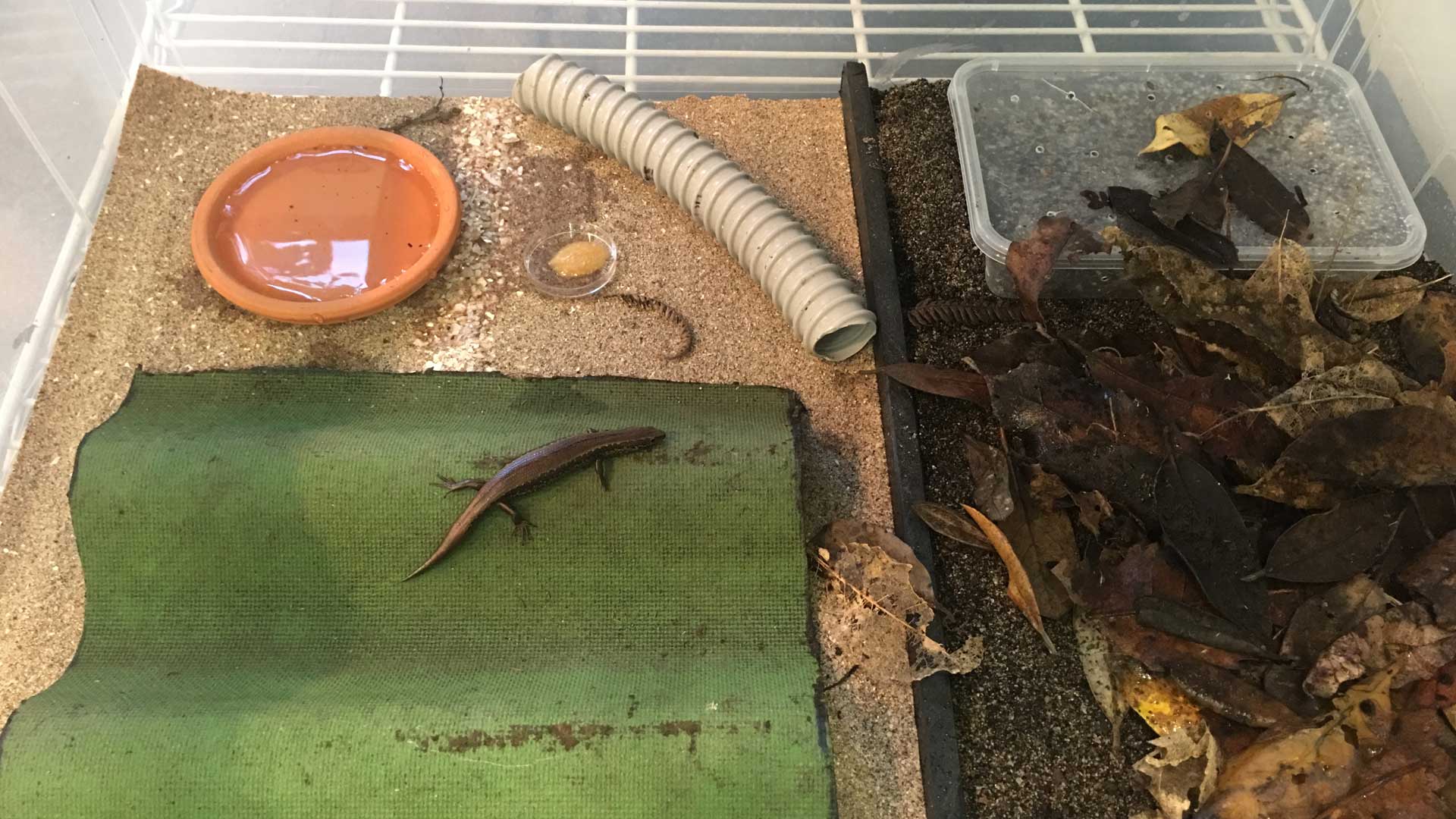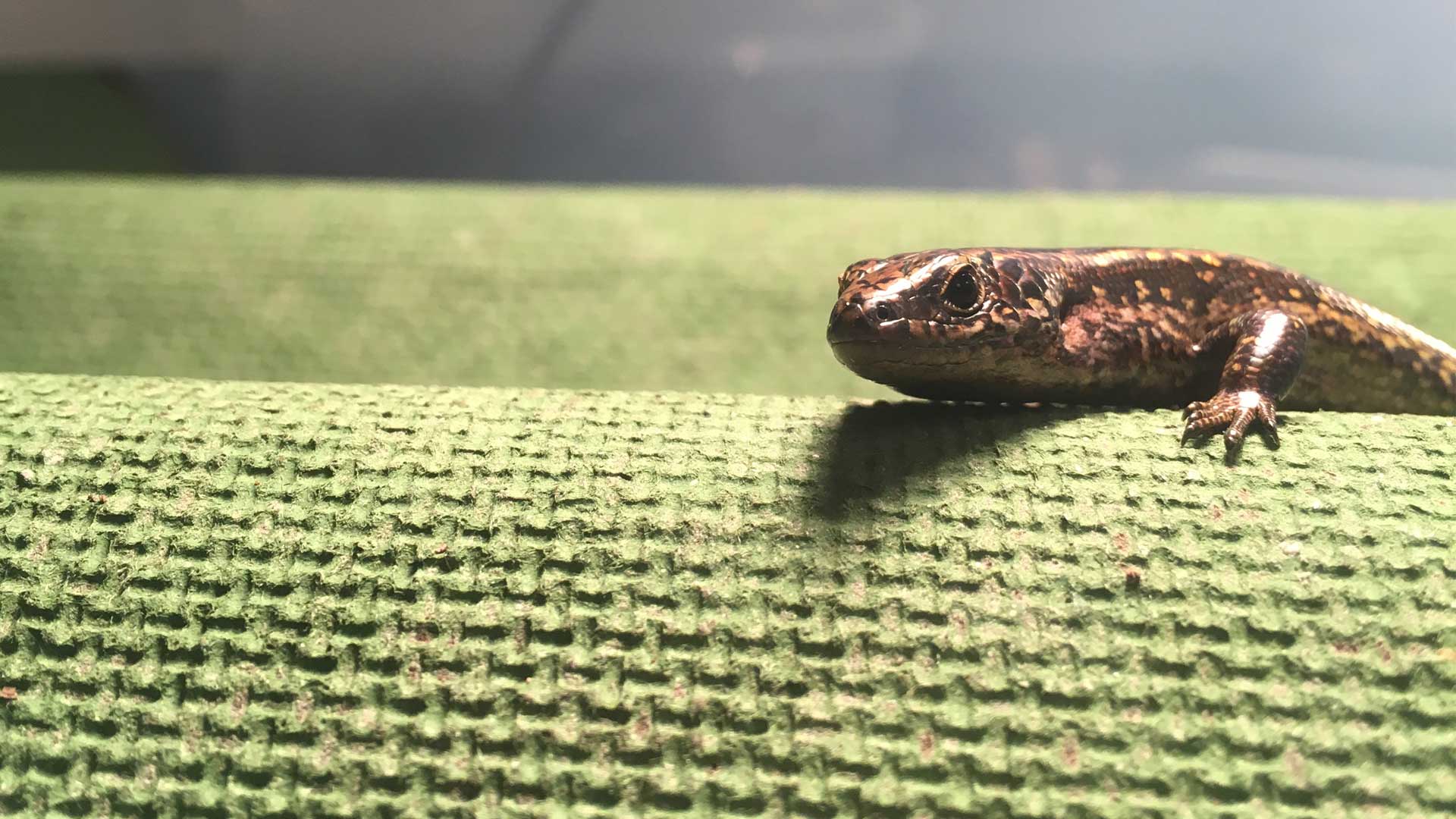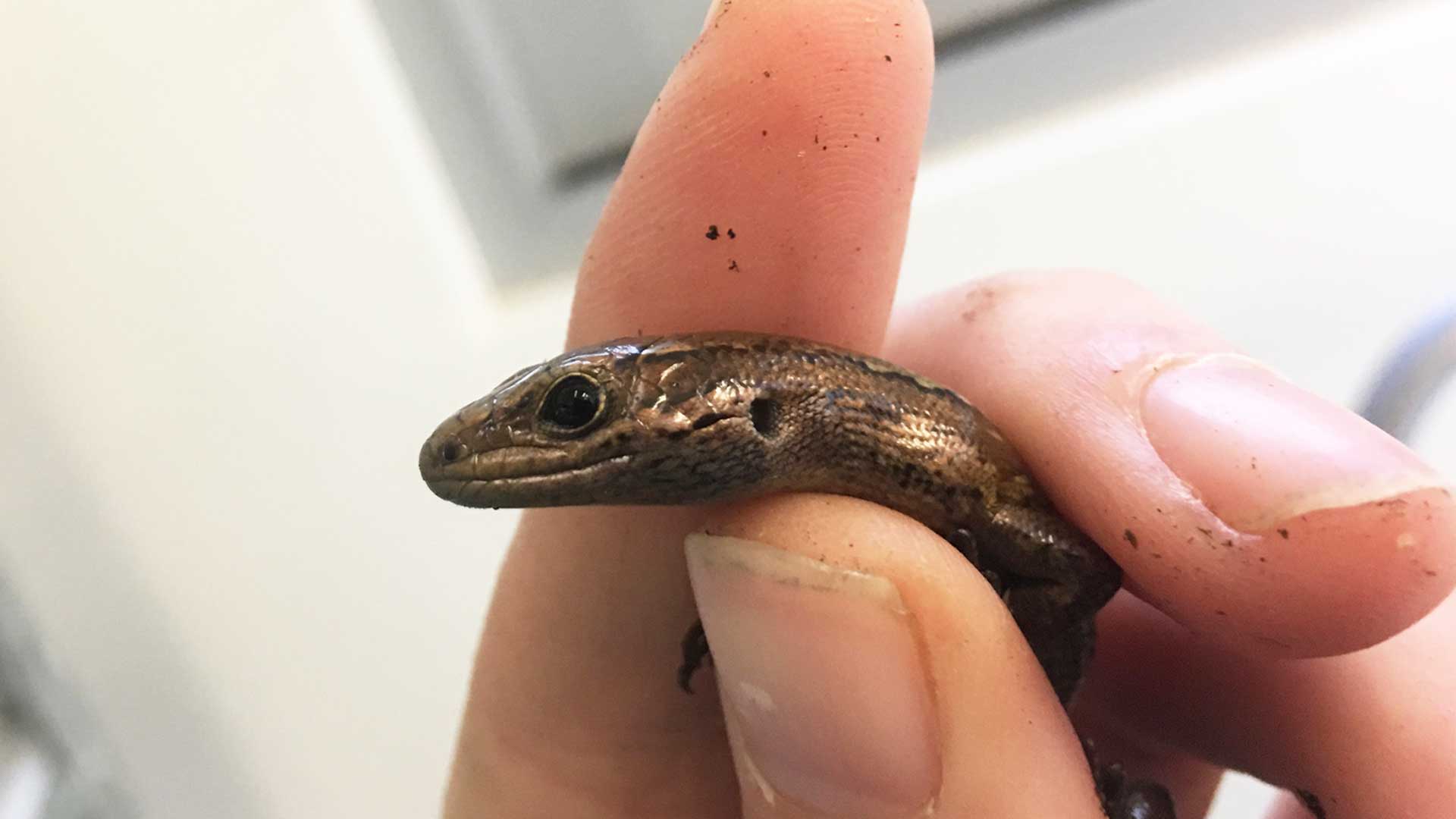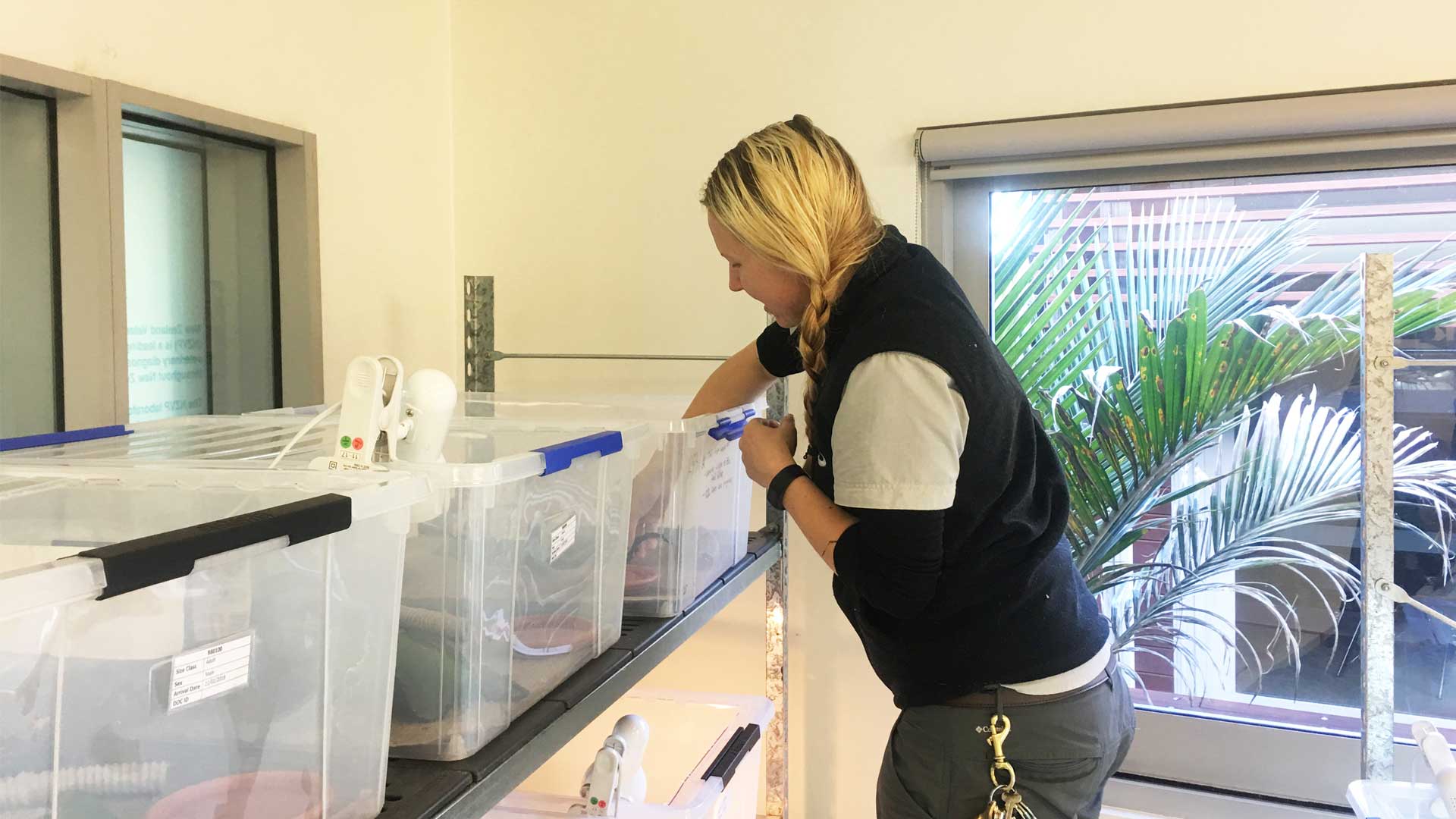This #WildWork Wednesday, and on World Environment Day none-the-less, we want to spread the word of the ‘curly wurly’ Chesterfield skink, as Lynn Adams from the Department of Conservation (DOC) puts it. The most recent Sounds of Science podcast from DOC discusses these incredibly rare skinks, the same ones living in our New Zealand Centre for Conservation Medicine (NZCCM) for the last year.
With a population of around 200 animals inhabiting a small site on a beach north of Hokitika, the situation was pretty dire when Cyclone Fehi pummelled through, taking what Lynn thought was the entire species along with it. She makes reference to people fearing for endemic birds when their numbers reach below 200, but the hope is to get people more passionate about some of our lesser known endemic skink populations. Luckily, it wasn’t the end for the unique species, and at Auckland Zoo we have housed 48 individuals, taking the time to learn everything about their husbandry and even how to breed them – which is incredibly important for such a small population.
Did you know that some skinks can be arboreal? Chesterfield skinks can use their tails just like monkeys do to grip on to trees in the forest – hence the ‘curly wurly’ nickname. Their natural beach site in Hokitika was most likely coastal forest many years ago, and with it all cut down they have lost the majority of their habitat, and found themselves prey to mice, cats, and hedgehogs for many years. Give this fantastic podcast a listen this World Environment Day to learn about the brilliant diversity of Aotearoa’s landscapes, and how every part is important.








